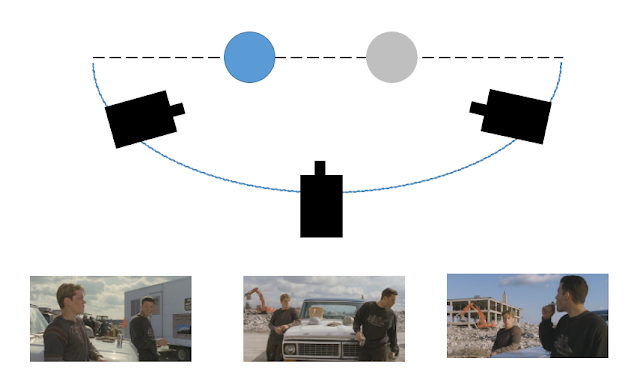SCRIPT
SURGERY
(Monday 24th October)
Following my
script tutorial with Simon, I have made the following changes to my script and
story:
- Deleted any unnecessary detail in stage directions – i.e. only write about what you can picture in your frame, not what you want the audience to think / assume (more concise, saves room for extra material within the 10 pages.
 |
| Weighty paragraph with unnecessary information, the audience can be left to work out what she is assuming. |
| Cut down considerably, less to be confused with, more straight to the point. |
- The ending – although my previous ending finished on a cliff-hanger, it seemed to be underwhelming. Instead of this quick and simple ending, I now have more of a twist as it is revealed that the body isn’t actually a corpse. All 3 characters walk away unharmed, making the story more about my main characters and leaving them both in a sense of dark irony.
 |
| Old End |
 |
| New End |











